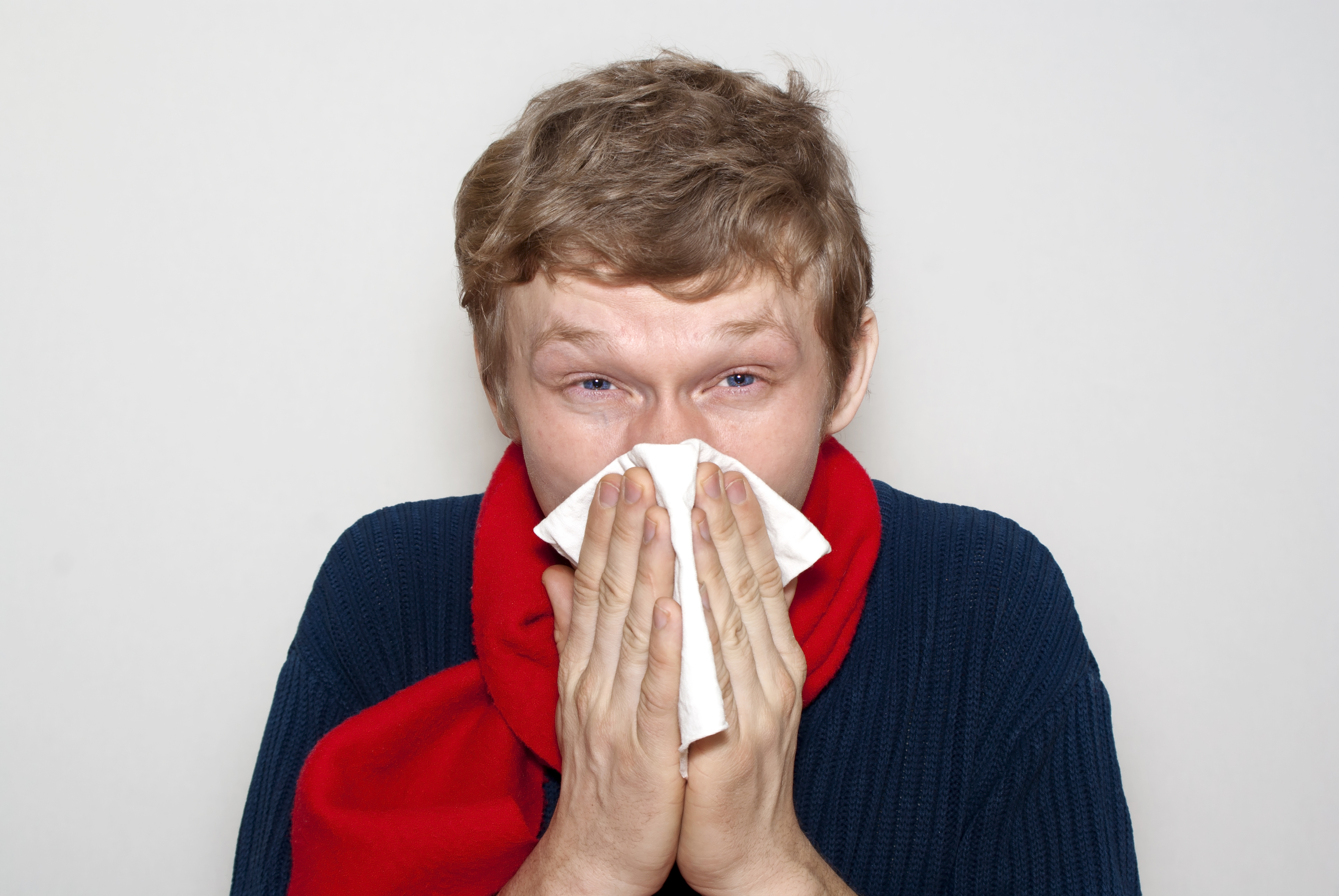
ShutterstockGet used to it.
As if the increased threat of catastrophic weather events weren’t enough, climate change also has to mess with us in ways less apocalyptic but arguably more frustrating on a daily basis. Like by making our allergies way worse.
More CO2 in the atmosphere stimulates plant growth and pollen production, and as a result, allergy doctors across the country are reporting increases in patient visits — new ones who have never before experienced symptoms as well as longtime sufferers getting more miserable each year.
Quest Diagnostics, which tests for allergies, reported a 15 percent increase in ragweed allergies from 2005 to 2009, according to USA Today. Scientists are straightforward about the climate connection:
“The link between rising carbon dioxide and pollen is pretty clear,” says Lewis Ziska, a weed ecologist at the U.S. Department of Agriculture and a top researcher in the field.
His lab tests show that pollen production rises along with carbon dioxide. It doubled from 5 grams to 10 grams per plant when CO2 in the atmosphere rose from 280 parts per million (ppm) in 1900 to 370 ppm in 2000. He expects it could double again, to 20 grams, by 2075 if carbon emissions continue to climb. The world’s CO2 concentration is about 400 ppm.
Not only is pollen more prevalent, but longer growing seasons mean allergens stay around for more of the year. And some scientists see pollen counts doubling much sooner than 2075. The Louisville, Ky., Courier-Journal reports:
A federal plant physiologist says tree pollen is emerging roughly two weeks sooner in the spring, and ragweed pollen is lingering two to four weeks longer in the fall.
In fact, pollen counts are expected to more than double by 2040, according to a study presented at a meeting of the American College of Allergy, Asthma and Immunology last fall.
“The more pollution, the more global warming, we’re definitely seeing higher pollen counts,” said Dr. David Pallares of Louisville Allergy and Asthma. “Over the last decade, there has been a progressive increase in pollen counts compared with in the past.”
Pollen prevalence has always varied between different regions of the country (fewer people suffer from allergies to ragweed in the Pacific Northwest and Southeast, for example). The lengthening of the allergy season varies by region, too. From 1995 to 2009, USA Today reports, ragweed season increased by only one day in Oklahoma City, compared to 16 days in Minneapolis and 27 days in Saskatoon, Canada.
In addition to climate change, researchers say chemical exposure or clean-freakiness could be to blame for the rise in allergies (kids who aren’t exposed to enough germs, thanks to a parental hygiene obsession, don’t develop the proper immune responses and can overreact to harmless allergens). There’s a lot left to study to figure out what we could expect in coming decades, but this area of research already lacks resources — pollen-counting stations, which only exist in 32 states, receive no federal funding, and instead rely on volunteers trained by the private American Academy of Allergy, Asthma and Immunology to keep operating.
Don’t think being lucky enough not to suffer from allergies means you have nothing to worry about: The swelling ranks of people who do will raise healthcare costs for everyone.
Just another fun twist to life in the 21st century! Thanks, climate change.




